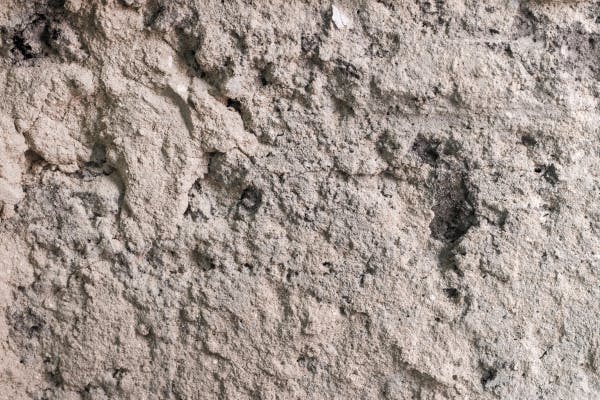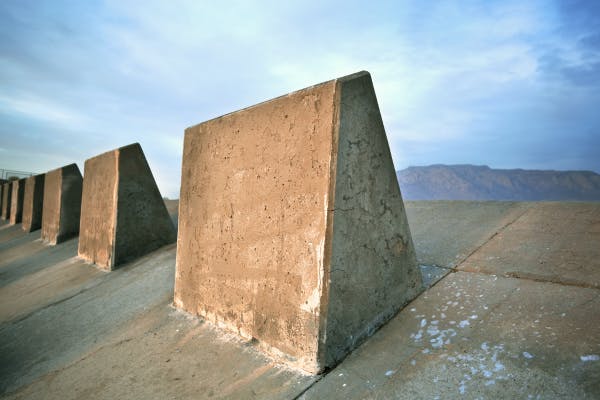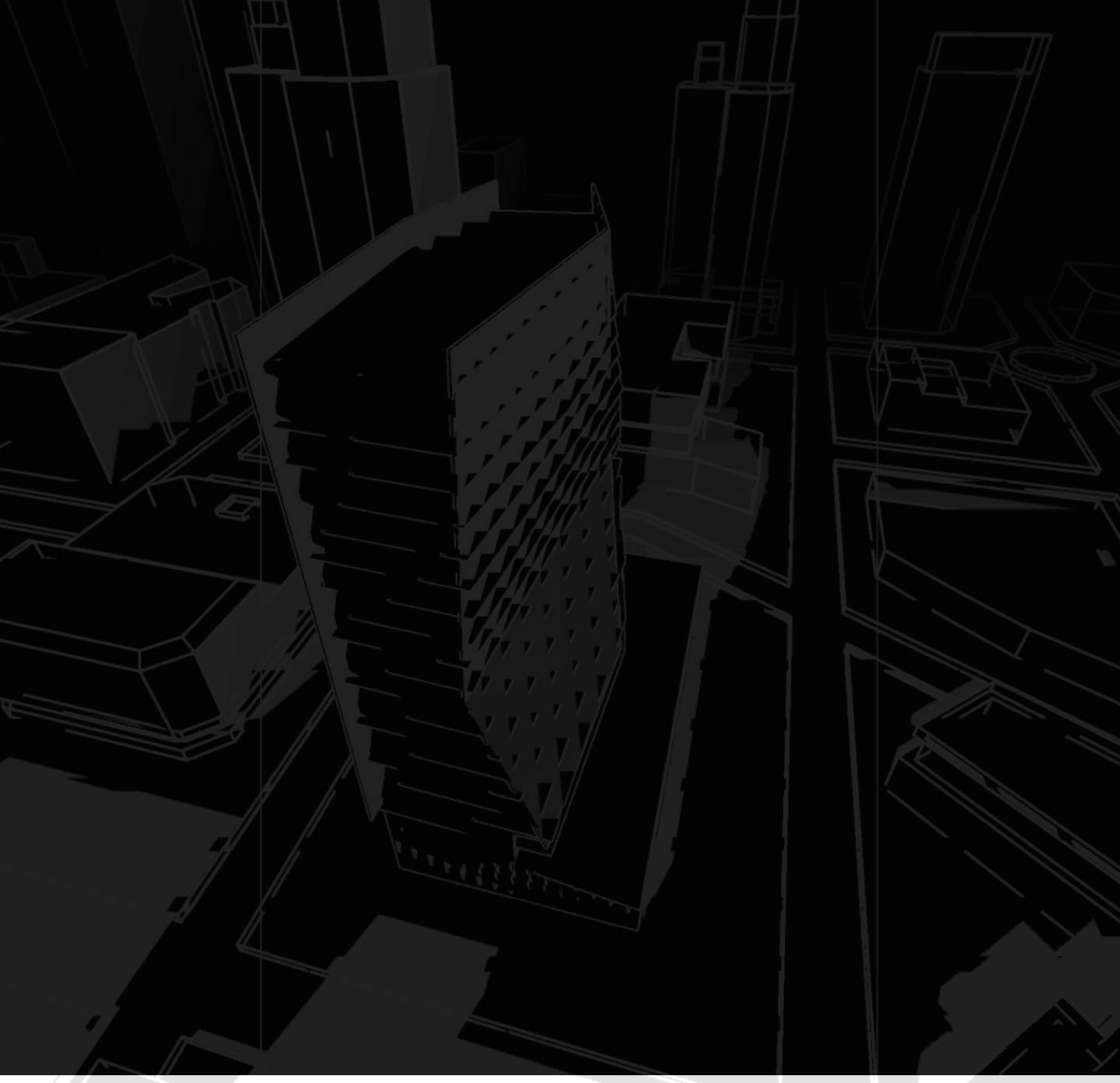In the evolving world of construction, "Green Concrete" is emerging as a game-changer. Architecture, engineering, and construction (AEC) professionals, along with consulting experts, are turning their focus to this alternative to a traditional material staple. Green concrete not only meets sustainability goals but also enhances the performance and cost-efficiency of projects—key considerations in consulting for modern, eco-conscious designs.
What is green concrete? What are the benefits? And, perhaps most importantly, why should you be considering green concrete in your building projects, especially with guidance from architectural consultants who specialize in sustainable materials?
Let’s explore this global phenomenon.
What is Green Concrete?
Green concrete is an environmentally friendly version of traditional concrete, made by incorporating recycled materials. Unlike standard concrete, which heavily relies on natural resources like limestone and clay, green concrete utilizes industrial waste such as fly ash, slag, and recycled aggregates.
This approach not only reduces the consumption of natural resources but also tackles the issue of waste management. Architectural consultants often advise clients on selecting the right materials to maximize the environmental and financial benefits of green concrete.

Composition
Fly Ash: A byproduct of coal combustion in power plants, fly ash replaces a portion of Portland cement in the mix.
Slag: Derived from iron and steel manufacturing, slag supplements cement in green concrete, enhancing its strength.
Recycled Aggregates: These are obtained from demolished concrete structures, reducing the need for quarrying fresh aggregates.
Sustainability Benefits
Reduced Carbon Footprint
The production of Portland cement, a key ingredient in traditional concrete, is a major contributor to CO2 emissions. Green concrete, by partially replacing cement with materials like fly ash and slag, significantly lowers these emissions.
This switch is vital in the construction industry's quest to combat climate change, and consultants play a key role in advising how and when to incorporate green concrete into projects to meet sustainability goals.
Conservation of Natural Resources
By incorporating recycled materials, green concrete diminishes the reliance on natural resources. This not only helps in preserving these resources but also minimizes the environmental impact of mining and quarrying.
Consultants specializing in sustainable design can evaluate which materials will have the best environmental impact without sacrificing project performance.
Waste Management
Utilizing industrial byproducts in green concrete is a practical solution to the growing problem of waste disposal. It turns waste into a valuable resource, reducing the burden on landfills.
Architectural consultants can guide AEC professionals through the selection of green concrete compositions that best align with local material availability and waste management regulations.
Cost Benefits
Reduced Material Costs
The use of waste materials in green concrete can be more cost-effective than sourcing raw, natural materials. The lower cost of recycled aggregates and industrial byproducts makes green concrete an attractive option from a financial perspective.
Architectural consultants often work with clients to outline the cost-saving potentials of green concrete, ensuring the financial and environmental benefits are maximized.
Energy Savings
The production of green concrete requires less energy compared to traditional concrete. This is primarily due to the lower energy needs for processing recycled materials and reduced cement content.
Consultants help AEC teams understand the full energy-saving potential, including long-term lifecycle impacts, making green concrete a strategic choice in sustainable projects.
Performance Advantages
Durability
Studies have shown that green concrete can exhibit enhanced durability compared to traditional concrete. The incorporation of materials like fly ash improves resistance to sulfate attack, reducing maintenance needs and extending the lifespan of structures.
Consultants ensure the right green concrete formulation is chosen to optimize longevity and performance, tailored to specific project needs.
Workability
Green concrete maintains a similar or improved level of workability as compared to traditional concrete. This ensures that it can be easily used in various construction applications without the need for specialized equipment or techniques.
Consulting services can also help mitigate concerns over construction process adjustments when using green concrete.
Strength
The addition of industrial byproducts can improve the strength and stability of concrete. For instance, slag has been noted to enhance the overall strength and load-bearing capacity of green concrete.
Consultants can guide the selection of materials to meet structural integrity requirements without compromising sustainability.
Applications in Construction
Green concrete is versatile and can be used in a wide range of construction projects, including:
Buildings: Residential and commercial structures.
Infrastructure: Bridges, roads, and pavements.
Landscaping: Outdoor structures and pathways.

Consulting for Green Concrete Integration
Architectural consulting services play an instrumental role in integrating sustainable materials like green concrete into construction projects. From lifecycle assessments to energy modeling and cost analysis, consultants provide AEC professionals with the tools needed to make informed decisions. Whether it's helping to meet green building certifications or advising on cutting-edge materials, consulting experts ensure that green concrete becomes a cornerstone of future sustainable designs.
Incorporating "Green Concrete" into construction projects is not just a trend; it's a necessity for a sustainable future. Its benefits in reducing carbon emissions, conserving natural resources, managing waste, and offering cost and performance advantages make it an invaluable asset in modern construction. As we continue to strive for a greener planet, the role of green concrete in achieving this goal is undeniable.
Laying the Green Concrete Foundation
Incorporating "Green Concrete" into construction projects is not just a trend; it's a necessity for a sustainable future. With the guidance of architectural consulting professionals, its benefits in reducing carbon emissions, conserving natural resources, managing waste, and offering cost and performance advantages make it an invaluable asset in modern construction. As we continue to strive for a greener planet, the role of green concrete in achieving this goal, supported by expert consultation, is undeniable.
cove.tool is a leader in architectural and sustainability consulting, driven by expert insights and advanced technology. Our proprietary simulation engine and AI-powered solutions streamline energy compliance, decarbonization, and performance optimization, enabling architecture firms to achieve superior project outcomes while meeting sustainability goals.
